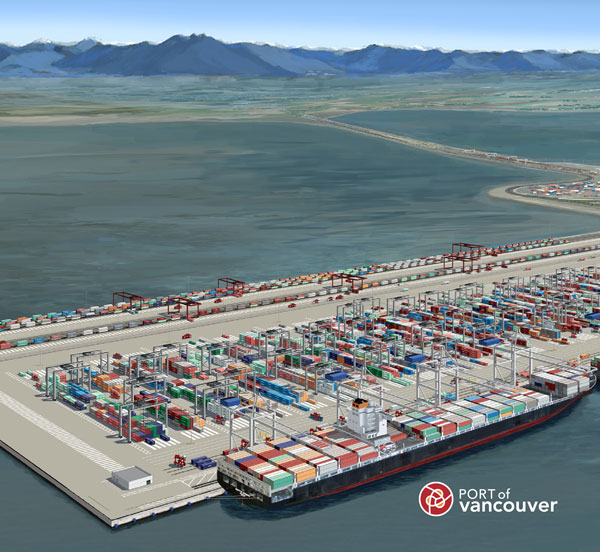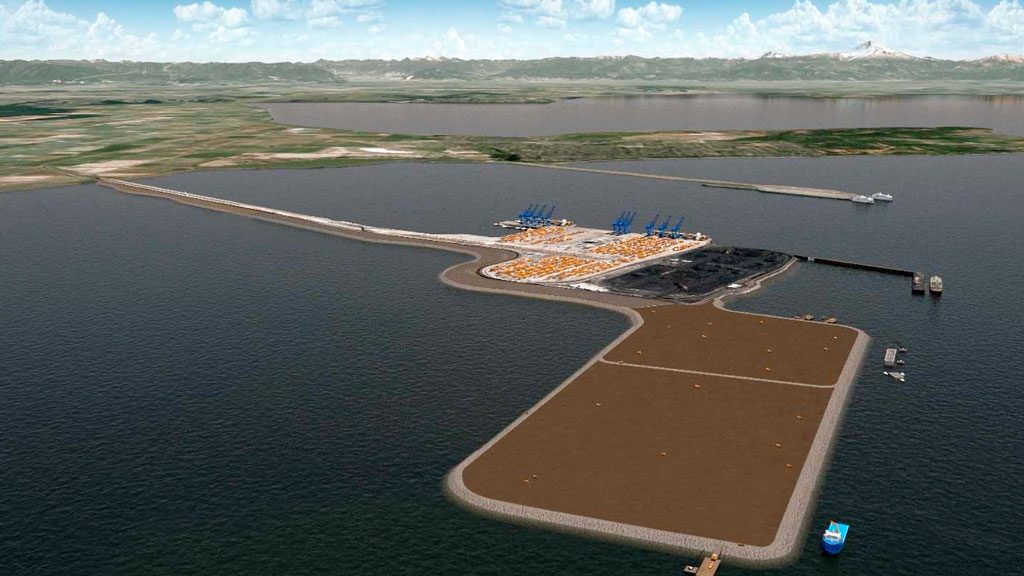DELTA, B.C. — The Government of Canada has approved the Roberts Bank Terminal 2 project in Delta, B.C. with a plethora of environment protection conditions.
As previously reported by the Journal of Commerce, Roberts Bank Terminal 2 would see a 50 per cent increase in size of the Port of Vancouver, the biggest port in Canada and fourth largest in North America.
The project was proposed by the Vancouver Fraser Port Authority and is projected to add $3 billion to the GDP, according to a news release.
The approval comes with 370 legally binding conditions to protect the local environment and species.
Protective measures include developing habitat creation programs for shorebirds, protecting biofilm with reviews by an independent scientific body, limiting in-water construction, zero-emission cargo handling equipment onsite, infrastructure for the safe passage of fish, and hundreds of others.

The government is also investing $45 million to accommodate impacts on Indigenous rights and to create a stewardship committee.
The Vancouver Fraser Port Authority can now pursue further approvals from other organizations to move the project along.
“For the first time ever, we are asking a proponent to put up $150 million to guarantee the strict environmental conditions are met and habitats are protected,” said Steven Guilbeault, minister of environment and climate change, in the release.
“This project will reduce the congestion of ships in the Vancouver area and, combined with substantial government investment, can be done in a way that protects vital local habitats.”











Recent Comments